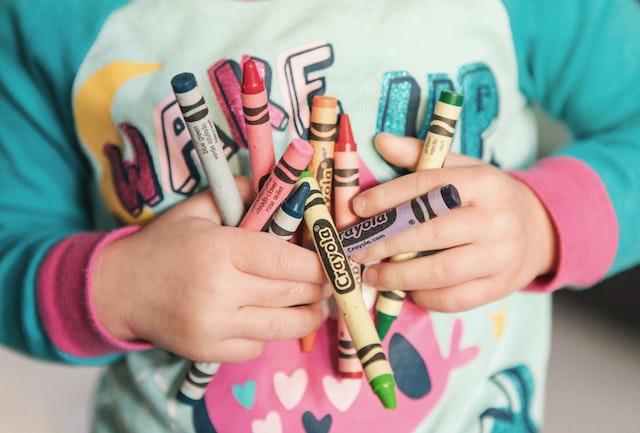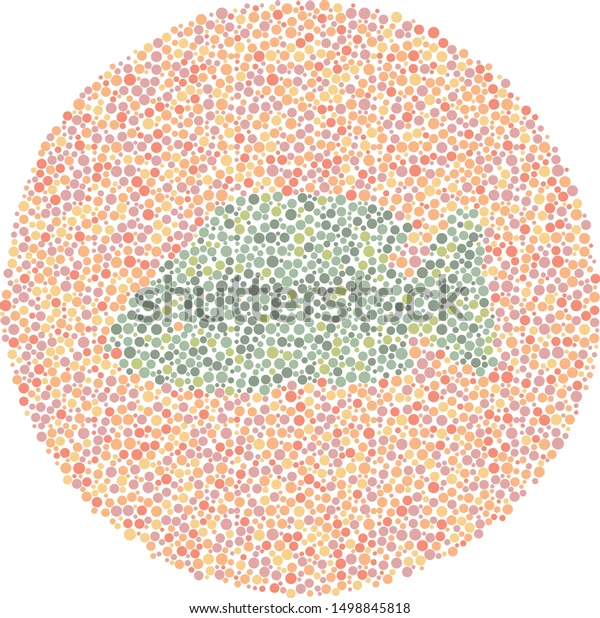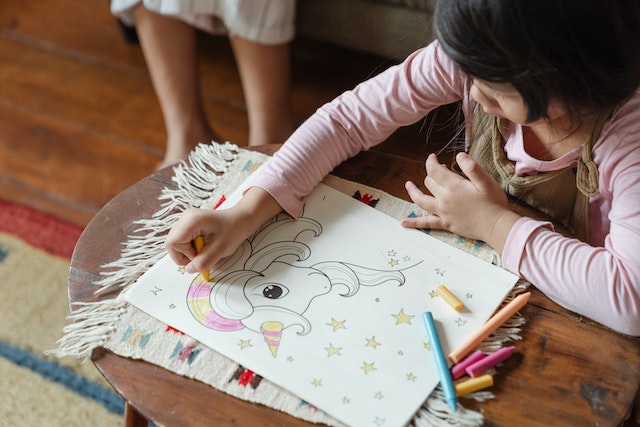Ideas To Teach Kids To Color Within The Lines
One of the developmental milestones kids often attain between the ages of three and five is coloring inside the lines, but experts advise against expressly telling kids to do that because it could make the task seem boring. Don’t worry if your preschooler is still making scribbles. Each youngster grows into a certain set of abilities at a specific time – frame.
Your child’s fine motor skills will improve by coloring inside the lines. To color in this controlled manner, you need good hand-eye coordination and substantial hand strength. Additionally, since writing is likewise limited in space, teaching your child to color inside the lines also helps them become better writers. We can help if you’re worried about how to get your child to color within the lines. In this blog, we’ve included some incredible tips that will teach your child to read between the lines.
Improve their hand-to-eye coordination and hand strength
Only until your child has strong hands and better eye-hand coordination, can they color within the lines. Therefore, you must increase the strength of your child’s hands by giving him hand-strengthening exercises like grabbing and moving small things and squeezing soft objects like pillows. You can also hold your child’s hand and assist them to color.
Offer Broad Bordered Images
Encourage your child to color pictures with large borders when they first start coloring since it makes the process of learning to color within lines easier. Teach your kids to eventually progress to coloring inside thinner borders as their coloring abilities develop.
Encourage Them To Color Regularly
Give your child some easy coloring pages and help them stay inside the lines. Start by holding your child’s hand and demonstrating how to color inside the lines, not allowing the color to bleed outside the lines. Encourage them to color within the lines more often and to design pictures of various sizes. With practice, your toddler will improve their coloring skills and gain more control over their coloring skills.
Bring Them a Range of Coloring Items
Introduce your children to a wide range of crayons in all sizes, from thin, narrow ones to thick, huge ones. Allow your toddler to select the size of crayon that they find most comfortable to hold and use to color in a controlled way.

Gift Them Coloring Books
Encourage your children by giving them coloring books and coloring sheets with detailed images as they practice coloring inside the lines. Giving children coloring books as an appreciation for their efforts will motivate them to color more pictures and do it more proficiently, that is, within the lines.
FAQs from Parents & Teachers:
1. At what age should I start teaching my child to color within the lines?
There is no specific age for teaching a child to color within the lines, as it varies from child to child. It is generally introduced around 3 to 4 years old, when their fine motor skills develop further.
2. What are the early signs of colorblindness in toddlers and children?
After around 4 years, a child with color blindness may have problems distinguishing between colors like reds, greens, browns, and oranges. Your child can believe that two different colors are the same or have trouble sorting objects by color.
Check if your kid can identify the animals in this picture:
3. What are the long-term benefits of teaching kids to color within the lines and how does it contribute to their overall development?
Teaching kids to color within the lines can help develop their fine motor skills, hand-eye coordination, and concentration, which are essential for various activities such as writing, drawing, and other tasks that require precision. Additionally, it fosters a sense of focus, patience, and attention to detail, contributing to their overall cognitive development and ability to follow instructions.

4. How can I make the learning process of coloring within the lines enjoyable and engaging for my child?
To make the learning process of coloring within the lines enjoyable, provide your child with coloring books or sheets featuring their favorite characters or themes, creating a sense of excitement and personal connection. Additionally, offer positive reinforcement, praise their efforts, and engage in collaborative coloring activities, making it a fun and interactive experience.
5. What color does autism represent, and how does the color affect an autistic child?
The primary color associated with autism is blue, which is also a color of calmness and acceptance. Blue has a highly soothing effect on autistic children, giving them a really positive feeling.
Conclusion
Remember to never force children to color inside the lines. They won’t enjoy coloring at all because it will make it more difficult. Never forget that kids eventually learn that lines are meant to be drawn in, whether at school or elsewhere, and they may want to jump on board to follow other kids to make you happy.
They might observe other children coloring inside the lines and want to learn how to do it too, or they might realize they’re making you happy and want to impress you with their artwork. It’s crucial for parents to let children know that we (parents) are satisfied with everything they give us at that point and that it doesn’t have to be a wonderfully colored image for us to like it.












